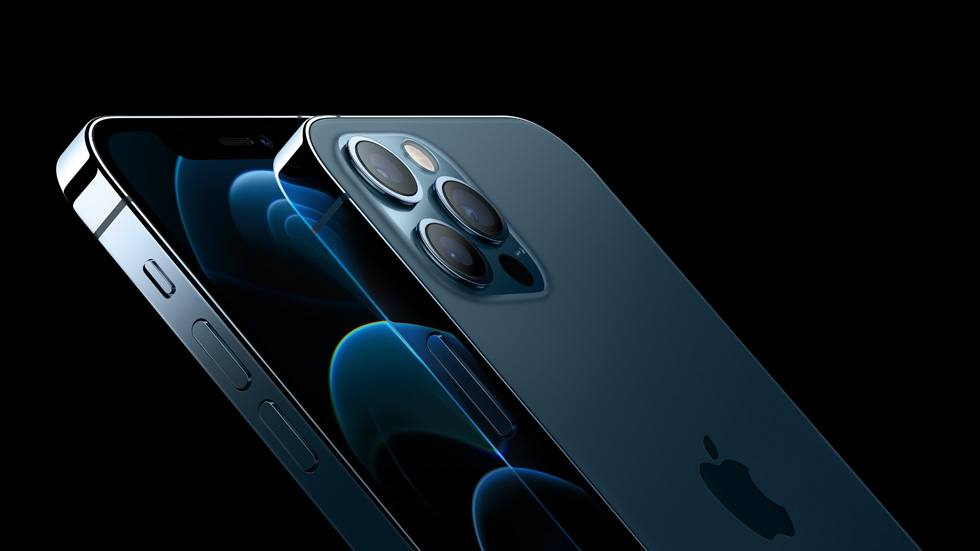
Now that people have their hands on the first Apple Inc. 5G iPhones, they will see service indicators showing either 5G, 5G E, 5G UW or 5G+, a battling iconography that says fifth-generation wireless has finally arrived.
Mobile-service providers, like any consumer company, can’t resist the opportunity to slap on a logo or coin a buzzy new abbreviation. The five bars that measure signal strength weren’t enough — the carriers have now each crafted their own unique symbols to help brand the 5G experience.
Can you blame them? Verizon Communications Inc., T-Mobile US Inc. and AT&T Inc. each have invested billions of dollars in airwaves and network equipment, hoping to get a slice of the $1.15 trillion in revenue the industry expects to generate by 2025.
Speed sells. This newest generation of wireless technology is being pitched as providing “mind-bending improvements in speed” over today’s connections. Never mind that at this early stage of network buildout, most people won’t notice a difference between 4G and 5G.
4G basically turned up the speed of the data flying through the existing infrastructure. Early 5G is just as fast, but as networks expand and add more capacity it will be like going from a two-lane road to a superhighway
5G signals travel on a broad range of frequencies, from low band through midband and up to high band, which is known as millimeter wave. Each band has its own characteristics. For example, low-band signals can travel through walls and deep into buildings. High frequencies are limited in range but are already reaching speeds of 4 gigabits per second, about four times faster than today’s fiber-optic desktop connections.
Early customers may be baffled at the sameness of 5G service, said Roger Entner, a wireless-industry expert at Recon Analytics, “but they’ll also have a device in their hand that’s part of an upcoming era of invention that will make our jaws drop.”
Here’s an attempt to decode some of the 5G lingo.
5G E
The 5G symbol people have already been seeing doesn’t designate real 5G at all. AT&T wanted to be the first with 5G but the equipment wasn’t ready, so it souped up its 4G network and called it 5G E (for “evolution”). Sprint Corp. sued, saying AT&T was deceiving customers. The companies settled last year, and AT&T still uses the icon.
5G
A format called OFDM, or orthogonal frequency division multiplexing, provides the promised next-generation jump in performance. Like its 2G and 3G ancestors CDMA (code division multiple access) or TDMA (time division multiple access), OFDM sprays more signals faster.
5G+
AT&T Chief Executive Officer John Stankey calls this “holy cow 5G.” You might have to take his word for it, because AT&T’s high-speed millimeter-wave service is only available in certain parts of 36 U.S. cities so far.
5G UW
Verizon calls its millimeter-wave service “ultra-wideband,” or UW. But like 5G+, good luck finding it. Verizon has the service in parts of 55 cities, aiming to reach at least 60 by year-end. This is also the service Verizon is using to beam broadband into homes.